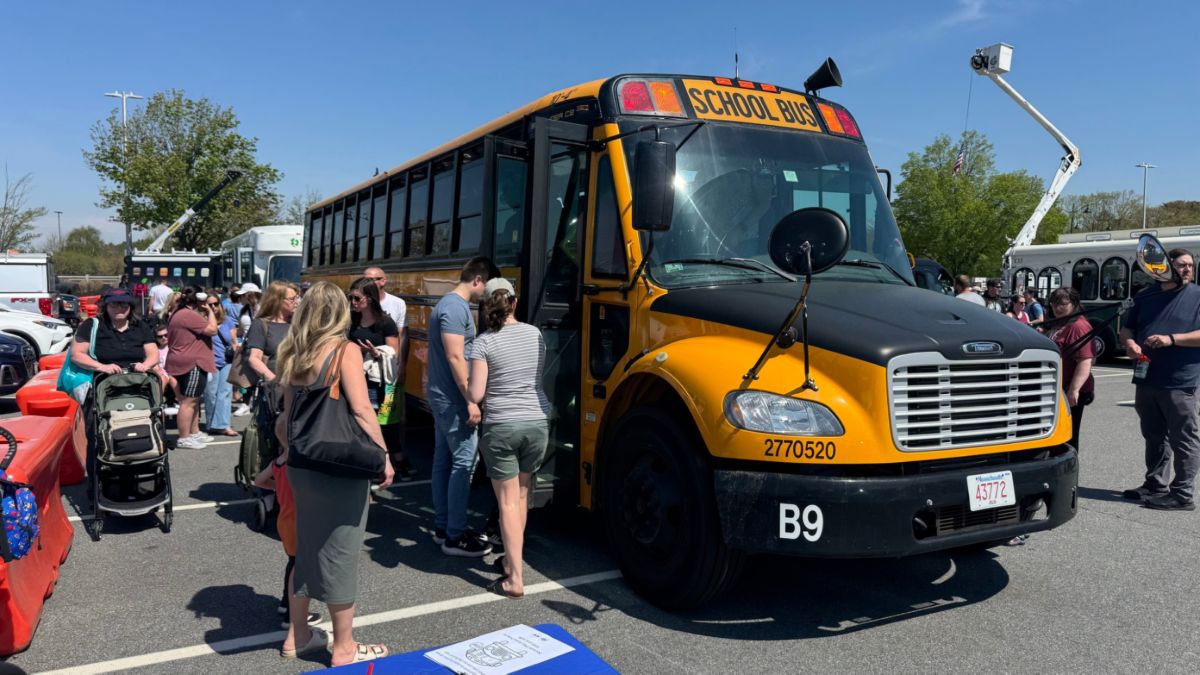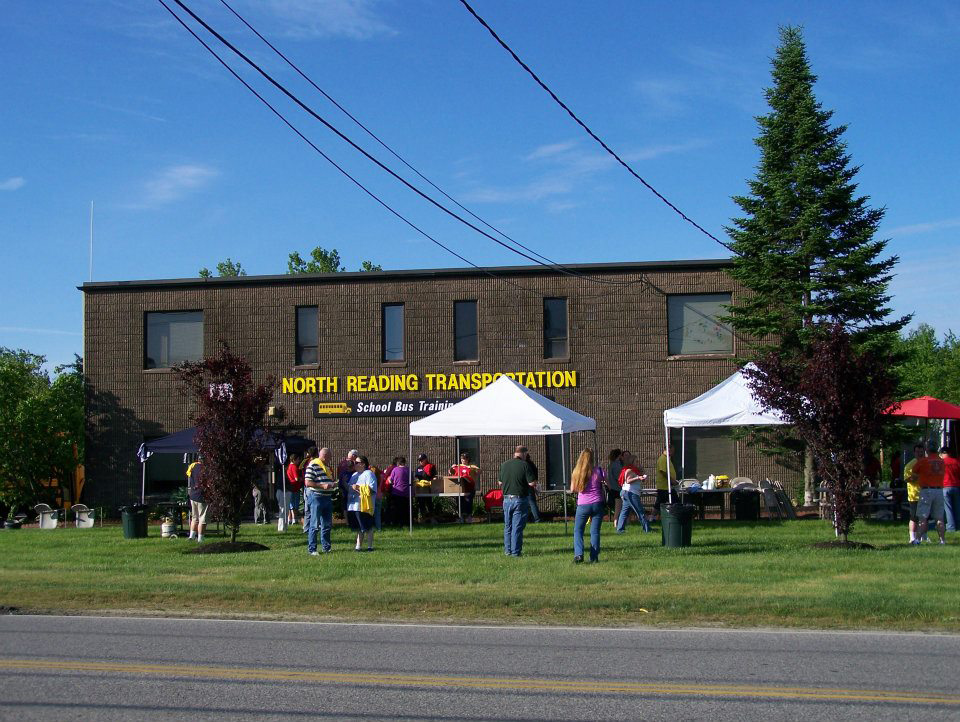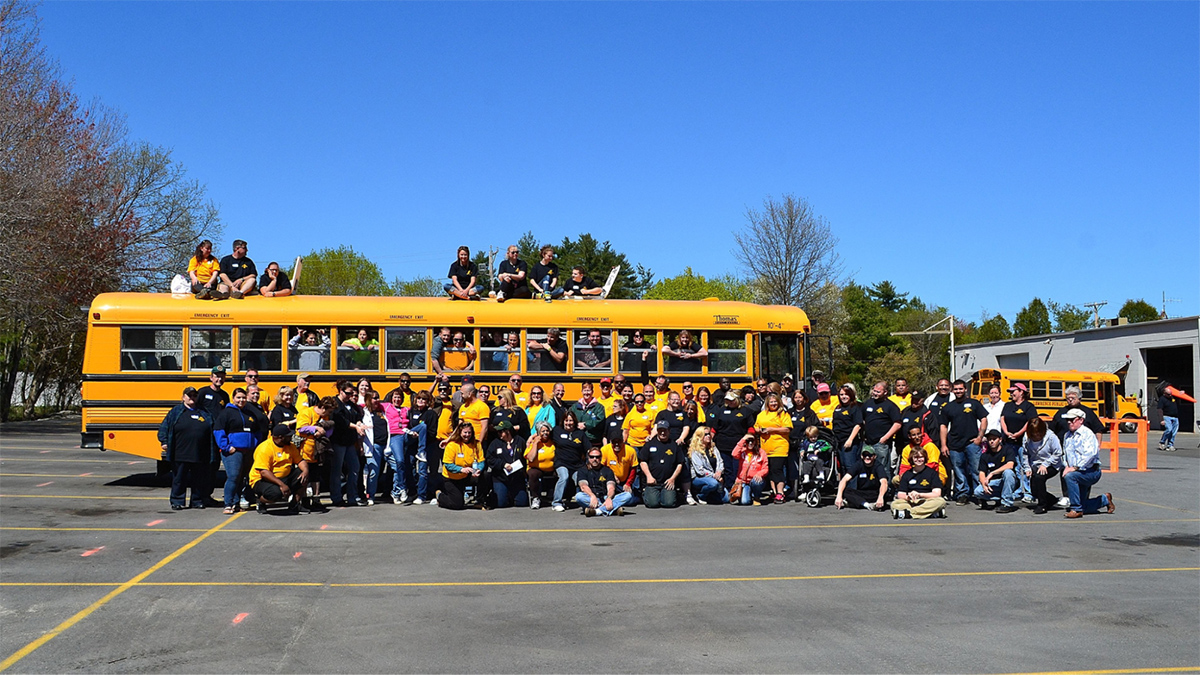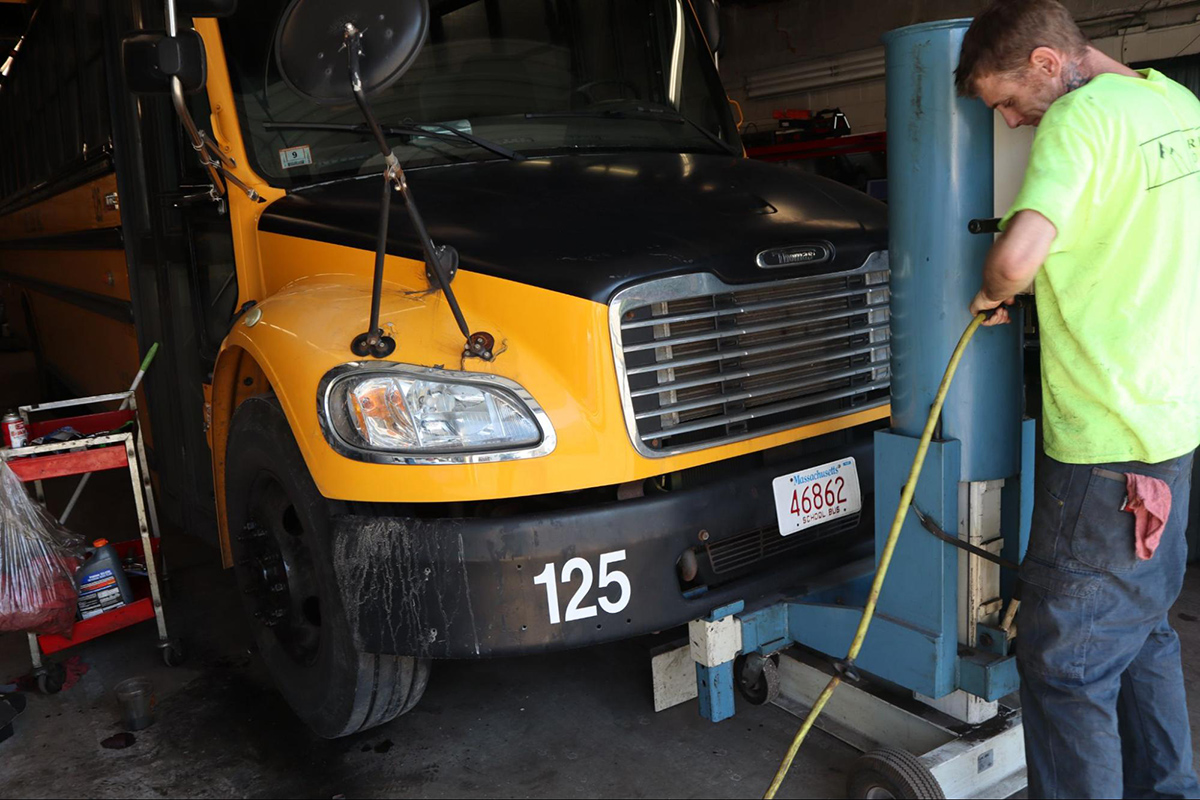From staff salaries to fuel costs and routing software, transportation is one of the most complex — and vital — line items in a school district’s budget. In Massachusetts, districts must navigate shifting state reimbursements, regional formulas, and rising inflation just to keep their fleets running.
The good news? There’s more state funding on the table than ever before — if you know where to look and how to plan ahead.
This guide breaks down how Massachusetts school districts can build smarter, more sustainable transportation budgets.
Why Transportation Deserves Its Own Strategic Plan
For many Massachusetts schools — especially regional districts — transportation isn’t just a logistical detail. It’s a lifeline.
The state has committed:
- $99.5 million for regional transportation (FY2025)
- $6.5 billion in total Chapter 70 education aid (FY2023)
- Plus increases through the Fair Share Amendment, adding billions in new revenue for schools and transportation infrastructure.
Transportation now makes up a larger share of operational budgets, and planning must evolve accordingly.
Understanding the Funding Structure
General vs. Special Revenue Funds
- General Fund: Flexible; covers broad operational needs
- Special Revenue Funds: Restricted to specific uses like grants or reimbursements — crucial for transportation funding
Massachusetts school districts rely on both, but regional districts often depend more heavily on special revenue due to higher transportation costs.
Key Terms to Know
- Chapter 70: Foundation for public school aid — $7.3B projected in FY2026
- Circuit Breaker: Covers high-cost special education, including transport — $675M total for FY2026
- Fair Share Amendment: Tax on high earners that funds transportation/education — $2.3B raised so far
Core Revenue Sources for MA School Transportation
Massachusetts schools typically combine state and local funds to cover their transportation needs:
State Aid & Reimbursements
- Chapter 70 provides general school funding
- Regional transportation reimbursements can cover up to 90% of eligible costs
- Vocational and homeless student transport programs add targeted support
Local Appropriations & Regional Assessments
- Member towns contribute based on enrollment and service levels
- Many districts still face funding gaps — spurring proposed bills to reimburse 100% of costs (H.697/S.328) or support in-district transport (H.597/S.348)
Grants & Special Revenue
- School Choice and Medicaid revenue can be leveraged for transport
- Reimbursement tied to student eligibility and service compliance
Expense Categories: Where the Budget Goes
Staff Payroll
- Bus drivers, mechanics, dispatchers, supervisors
- Benefits, ongoing training, and CDL certifications
- Labor costs are the #1 budget item and contribute to ongoing driver shortages
Vehicle Operations
- Fuel costs = 10–20% of transportation budgets
- Diesel bus traveling 12,000 miles/year = ~$5,200 in fuel
- Maintenance, inspections, and safety checks are ongoing necessities
Contracted Services
- Outsourcing transportation can reduce costs
- One district cut spending by $365K annually by switching to a private provider
Insurance & Compliance
Required by law:
- $100K property damage
- $250K personal injury per person
- $2M per incident coverage
Workers’ comp and liability also apply
Routing Software & Technology
- GPS tracking, route optimization, driver monitoring
- Helps reduce fuel waste, improve punctuality, and enhance safety
Timeline for Building a School Transportation Budget
Massachusetts follows a structured annual budget cycle. Here’s how to plan transportation spending year-round:
July–October: Set Goals & Assess Needs
- Analyze ridership trends, program changes, enrollment
- Decide between zero-based budgeting or roll-forward models
- Ensure plans align with district-wide academic initiatives
November–January: Forecast Revenue
- Use multi-year data for projections
- Anticipate state aid, reimbursements, and inflation
- Coordinate with leadership on service levels and capital planning
February–April: Public Hearings & Presentations
- Present budget drafts to school committees
- Hold hearings with parents, educators, and stakeholders
- Refine line items and finalize proposed investments
May–June: Final Approvals
- Town Meetings vote on budget allocations
- Override votes (if needed) precede final adoption
- New budget takes effect July 1
Final Takeaway: A Smarter Way to Fund School Transportation
Massachusetts offers more resources than ever to support school transportation — but districts must build strategic, data-driven budgets to make the most of them.
Transportation spending isn’t static. Labor shortages, rising fuel costs, and shifting aid formulas demand flexibility, foresight, and financial clarity. Schools that understand the full budget cycle — and plan with intention — can unlock cost savings while ensuring every student has a safe ride to school.
NRT Supports Smarter School Transportation Planning
As a Massachusetts-based transportation provider, NRT partners with schools to support efficient, compliant operations. We understand the funding landscape, the reporting requirements, and the importance of doing more with less.
Whether you’re budgeting for contracted service or reevaluating your district fleet, we’re here to help you make informed, safety-first decisions.







